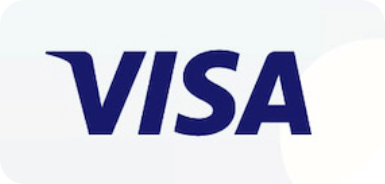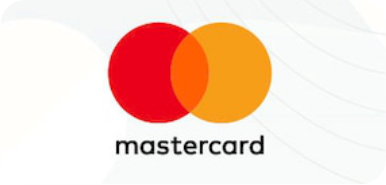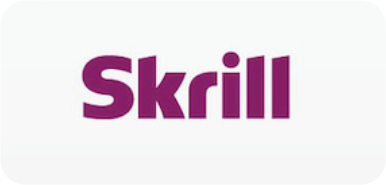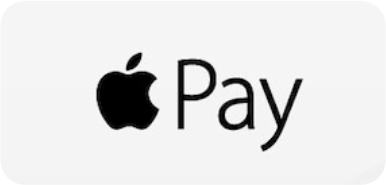If you want to improve your trading strategy, understanding how to apply Fibonacci retracement can help you make better decisions. Traders use it to predict price movements, find entry and exit points, and reduce risks. Some others use it to identify potential support and resistance levels. Regardless of whether you are trading stocks, forex, or cryptocurrencies, Fibonacci retracement will help you spot potential reversals and trend continuations.
In this article, you will learn how Fibonacci retracement works, how to apply it correctly, and how to use it with other indicators for better accuracy.
What is Fibonacci Retracement?
Fibonacci retracement is a technical analysis tool based on the Fibonacci sequence, a series of numbers where each number is the sum of the two preceding ones. The key levels used in trading are 23.6%, 38.2%, 50%, 61.8%, and 78.6%. These levels indicate where a price might retrace before continuing in the original direction.
Traders use Fibonacci retracement to identify potential entry points during pullbacks in an uptrend or downtrend. By plotting the retracement levels on a chart, you can predict where the price might reverse or continue its trend.
Identifying Key Levels in Fibonacci Retracement
The primary Fibonacci retracement has various Key levels. These levels help traders anticipate where an asset’s price might reverse during a pullback within a larger trend. They are:
- 23.6%: Often considered a minor retracement level, indicating a shallow pullback.
- 38.2%: A moderate retracement level, suggesting a more significant pullback.
- 50%: While not a Fibonacci ratio, the 50% level is commonly used to denote a halfway retracement.
- 61.8%: Known as the “golden ratio,” this level is significant and often indicates a strong potential reversal point.
- 78.6%: A deeper retracement level, indicating a substantial pullback before a potential reversal.
Best Fibonacci Retracement Strategies for Beginners
If you’re new to Fibonacci retracement, here are some simple strategies to start with:
- Trend Following Strategy
Enter trades when the price pulls back to the 38.2% or 50% level in a strong trend.
- Breakout Strategy
Wait for the price to break a retracement level and enter in the direction of the breakout.
- Support & Resistance Strategy
Use Fibonacci levels as dynamic support and resistance zones to determine entries and exits.
- Multiple Timeframe Analysis
Check Fibonacci levels on higher timeframes for stronger confirmations before entering trades.
How to Apply Fibonacci Retracement in Trading
1. Identify a Strong Trend
Before using Fibonacci retracement, you need to identify whether the market is in an uptrend or downtrend. The tool works best when a clear trend is present.
- In an uptrend, select a significant low as the starting point and a significant high as the ending point.
- In a downtrend, select a significant high as the starting point and a significant low as the ending point.
2. Draw the Fibonacci Retracement Levels
Once you identify the trend:
- Open your trading platform and select the Fibonacci retracement tool.
- Click on the starting point (low in an uptrend, high in a downtrend).
- Drag the tool to the ending point (high in an uptrend, low in a downtrend).
- The tool will automatically display Fibonacci levels on your chart.
3. Look for Price Reactions at Key Levels
After applying Fibonacci retracement, observe how the price reacts at key levels.
- If the price bounces off a retracement level and resumes the trend, it can be a good entry point.
- If the price breaks below a retracement level, it might indicate a trend reversal.
4. Combine Fibonacci with Other Indicators
To improve accuracy, use Fibonacci retracement alongside other technical indicators:
- Moving Averages: Confirm trend direction.
- RSI (Relative Strength Index): Identify overbought and oversold conditions.
- MACD (Moving Average Convergence Divergence): Detect trend momentum.
- Candlestick Patterns: Look for confirmation signals like Doji, Hammer, or Engulfing patterns.
5. Set Stop Loss and Take Profit Levels
Fibonacci retracement helps traders set stop-loss and take-profit levels:
- Place a stop loss slightly beyond the nearest Fibonacci level to limit losses.
- Set a take profit at the next Fibonacci level to maximize gains.
The Best Timeframes to Use Fibonacci Retracement
Choosing the right timeframe is crucial for accurate Fibonacci analysis.
1. Short-Term Trading (1M, 5M, 15M charts)
Works best for day traders and scalpers looking for quick reversals.
2. Medium-Term Trading (1H, 4H charts)
Ideal for swing traders focusing on multi-day price movements.
3. Long-Term Trading (Daily, Weekly charts)
Best for position traders and investors analyzing major market trends.
Common Mistakes to Avoid When Using Fibonacci Retracement
To effectively use Fibonacci retracement, be mindful of these common pitfalls:
1. Using Fibonacci Retracement in a Sideways Market
Fibonacci retracement works best in trending markets. Avoid using it in ranging or choppy conditions where price movements are unpredictable.
2. Forcing Fibonacci Levels on the Chart
Only apply Fibonacci retracement when the trend is clear. Do not force it on random price movements.
3. Ignoring Other Confirmation Signals
Fibonacci retracement should not be used alone. Always confirm trade setups with other technical indicators.
4. Overcomplicating Your Strategy
Keep it simple. Using too many indicators can create confusion and lead to poor trading decisions.
Conclusion
In conclusion, mastering Fibonacci retracement will certainly enhance your trading by providing insights into potential support and resistance levels. You can make more informed trading decisions by understanding how to draw and interpret these levels and by integrating them with other technical analysis tools.
Don’t forget to remain flexible and consider the broader market context when applying Fibonacci retracement to your trading strategy.
Frequently Asked Questions (FAQs)
How accurate is Fibonacci retracement?
- Fibonacci retracement is not 100% accurate, but it helps traders identify potential support and resistance levels. The accuracy improves when used with other indicators.
Can Fibonacci retracement be used for all trading assets?
- Yes, Fibonacci retracement works for stocks, forex, cryptocurrencies, and commodities.
What is the most important Fibonacci level?
- The 61.8% level is the most significant because many traders consider it a strong reversal point.
Should I use Fibonacci retracement alone?
- No, always combine Fibonacci retracement with other technical indicators for better accuracy.
How do I confirm a trade using Fibonacci retracement?
- Look for price reactions at Fibonacci levels, check for confirmation with other indicators, and use candlestick patterns for stronger signals.
Is the 50% retracement level part of Fibonacci numbers?
- No, the 50% level is not derived from the Fibonacci sequence, but it is commonly used because financial markets tend to retrace around half of a major move before continuing the trend. It is based on Dow Theory rather than Fibonacci mathematics.










